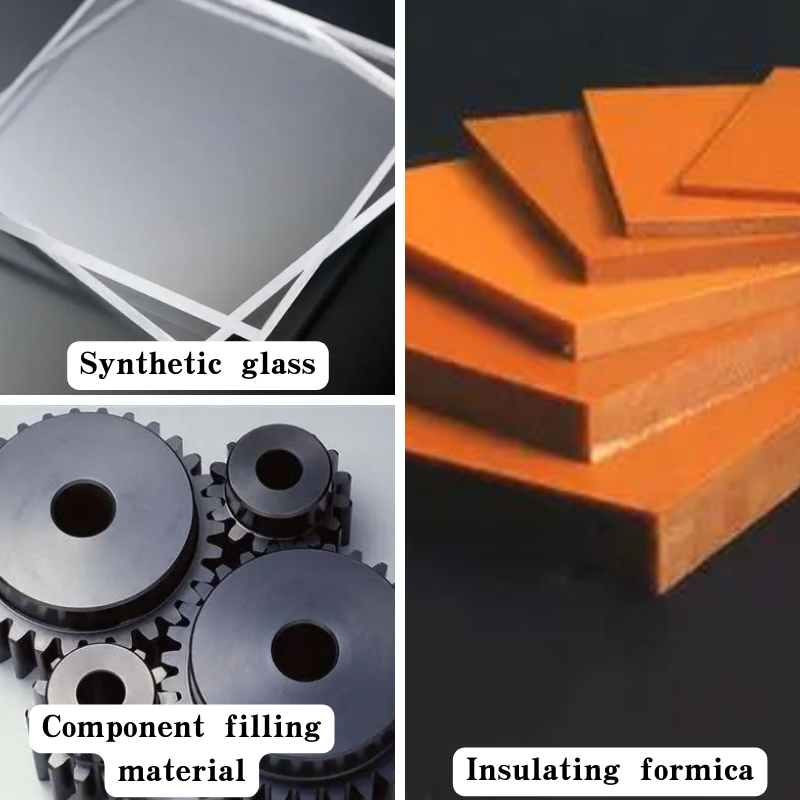
Benefits of Using Vermiculite for Healthy Garden Growth
The Use of Vermiculite in Gardening
Vermiculite, a naturally occurring mineral that expands and transforms into a lightweight, sponge-like material when heated, has gained popularity among gardeners for its unique properties and benefits. This versatile substance is primarily composed of hydrated magnesium iron aluminum silicate and is known for its excellent ability to retain moisture and provide aeration for plants. In this article, we will explore the various uses of vermiculite in gardening, highlighting its advantages, application methods, and how it can contribute to a thriving garden.
Benefits of Vermiculite
One of the primary benefits of vermiculite is its moisture retention capability. It can hold several times its weight in water, making it ideal for maintaining soil moisture levels, especially for plants that require consistent hydration. This characteristic is particularly beneficial in arid regions or during hot summer months when water conservation is crucial. By improving the soil’s moisture-holding capacity, gardeners can significantly reduce the frequency of watering while ensuring that plants have access to the water they need to thrive.
Another advantage of vermiculite is its lightweight nature. Unlike heavier components such as clay or sand, vermiculite helps to lighten the soil structure, making it easier to work with. This lightness also promotes better drainage, preventing waterlogging and root rot. Plants, especially those that prefer well-drained conditions like succulents or orchids, benefit greatly from the addition of vermiculite to their growing medium.
Vermiculite is also pH neutral and does not alter the soil’s acidity or alkalinity, making it an excellent additive for various types of plants, including those that are sensitive to changes in soil pH. Furthermore, it can serve as a source of essential nutrients, such as magnesium and potassium, which are vital for plant growth.
use of vermiculite in gardening

Application Methods
Gardeners can incorporate vermiculite in several ways. One common method is mixing it with potting soil to create a light, well-aerated medium for container planting. A typical ratio could be one part vermiculite to three parts potting mix. This combination enhances drainage and moisture retention, providing an excellent environment for root development.
In garden beds, vermiculite can be used to improve soil structure. By mixing it into native soil or compost, gardeners can enhance aeration and moisture retention, leading to healthier root systems and improved plant growth. It is especially beneficial for sandy soils that drain too quickly or for clay soils that are prone to compaction.
For seed starting, vermiculite is often utilized as a growing medium due to its sterile nature and lightweight properties. It provides an ideal environment for germination, allowing seeds to establish strong root systems without the risk of disease that can occur in traditional soil.
Conclusion
In conclusion, vermiculite is a valuable resource for gardeners looking to enhance their gardening efforts. Its unique properties of moisture retention, lightweight structure, and neutral pH make it an ideal addition to a variety of planting options, from potting mixes to garden beds and seed starting. By incorporating vermiculite into their gardening practices, gardeners can create healthier soil environments that support vigorous plant growth, resulting in lush, thriving gardens. Whether you are a novice gardener or a seasoned horticulturist, the use of vermiculite can lead to a more fruitful and enjoyable gardening experience.
Share
-
Vermiculite Wholesale – Premium Quality, Bulk Supply & Competitive PricingNewsJun.10,2025
-
Premium Glass Pebbles Custom Glass Pebbles Factory & OEM Manufacturer Reliable Custom Glass Pebbles FactoriesNewsJun.10,2025
-
Expert Custom Zeolite Producers Manufacturers & FactoriesNewsJun.10,2025
-
Custom Glow in the Dark Beads High-Quality Custom ManufacturersNewsJun.10,2025
-
China Ceramsite Balls Factory - Lightweight & Durable Media Solutions ManufacturerNewsJun.09,2025
-
Custom Matte Mica Powder Manufacturers High Quality & AffordableNewsJun.09,2025






